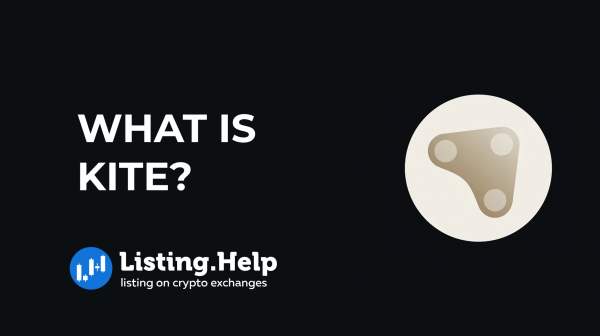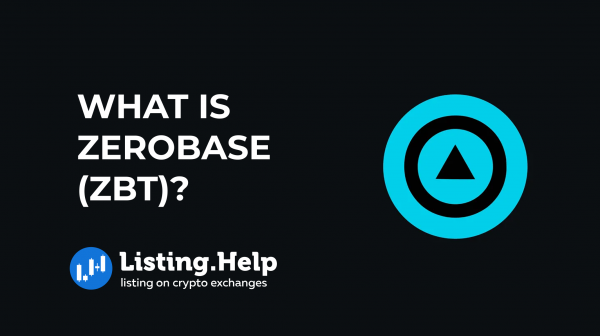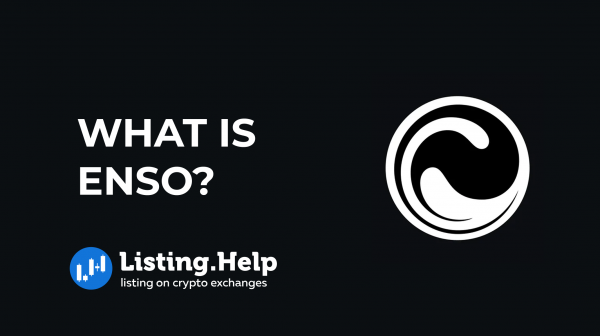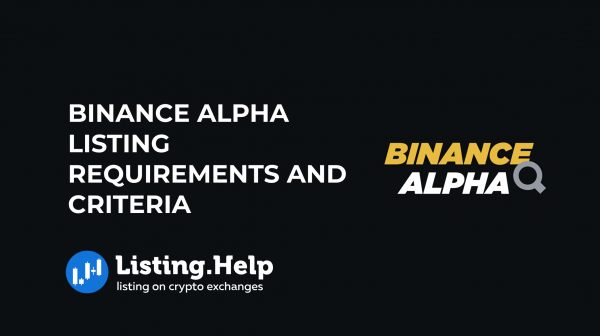What is Maple Finance (SYRUP)?
 May 25, 2025
May 25, 2025 Updated: May 25 2025, 07:28
Updated: May 25 2025, 07:28
LEAVE A REQUEST
Launching your own token project? Our experts are ready to help with listing on exchanges, market making, marketing and other solutions
SUBMIT APPLICATIONSome financial professionals remain cautious about cryptocurrencies, but more are beginning to reconsider as they recognize real advantages they hadn’t noticed before. Occasionally, a platform shows up that changes how things work in the digital asset space — offering practical tools that stir up real interest among crypto users.
Maple Finance is one of those platforms. It’s making a noticeable impact on crypto lending, especially for institutional players. Whether you’re running a business that needs funding or managing capital you want to put to work, Maple offers a system that’s built to be more efficient and transparent. Here’s a clear look at what Maple Finance is, how it functions, and why it matters.
What is Maple Finance?
Maple Finance is a blockchain-based lending platform, mainly operating on Ethereum. It’s tailored for institutional borrowers and accredited individual investors, aiming to provide a better borrowing and lending experience in the crypto space.
Traditional decentralized finance (DeFi) setups often require borrowers to over-collateralize — putting up more assets than they borrow. Maple does things differently. It uses a borrower’s financial record and reputation to secure loans, combining blockchain’s openness with a more practical approach to lending.
How Does Maple Finance Work?
Maple connects capital providers with borrowers. Lenders place their funds into Liquidity Pools, which are handled by Pool Delegates. These pools are then used to issue loans to businesses. The system runs on blockchain, which ensures every step is transparent and tamper-proof.
Liquidity Pools
At the heart of Maple’s platform are the Liquidity Pools. These pools collect deposits from investors — mostly in stablecoins like USDC — and are used to fund loans. Pool Delegates oversee these pools and make decisions about who can borrow and under what terms.
Lenders benefit by earning interest from loans that are typically short-term and backed by collateral. While Maple has its own token (SYRUP), you don’t need it to participate. Through the WebApp, users can deposit funds, track their performance, and withdraw when needed. The setup aims to balance returns with safety, using collateral and careful oversight to manage risk.
Borrowing on Maple
Most borrowers on Maple are companies in the crypto or financial sectors. To apply for a loan, they register through the platform and are assessed by a Pool Delegate. This review looks at their financial background and overall standing, which allows Maple to offer funding with lower collateral requirements than other DeFi services.
The loans come with fixed terms and rates, reducing the chance of unexpected liquidations. This setup gives borrowers a clearer path to funding, often faster and more flexible than what traditional banks offer. Plus, since the whole process is on-chain, the terms are easy for everyone to verify.
The Role of Pool Delegates
Pool Delegates are central to Maple’s model. They assess credit risk, set loan conditions, and oversee the lending pools. Think of them as credit officers for the platform. Their job is to protect lenders by managing risks — whether that’s a missed payment, margin shortfall, or the need to recover funds.
Delegates are picked based on their experience in credit markets, and their work is essential to how the platform operates. Still, Maple has noted that aligning external delegates with the platform’s broader goals can be challenging, leaving room to improve how incentives are structured.
In short, Maple Finance brings a more structured and flexible model to blockchain lending, built with institutions in mind. It offers lenders the potential for stable returns, and gives borrowers a more efficient way to access funding — all without the bulk and red tape of traditional systems.
Who Created Maple?
Maple Finance was founded by Sid Powell and Joe Flanagan. Powell came from a background in institutional banking, where he was initially dismissive of crypto and blockchain. That started to shift once he worked directly with clients in the space. Both founders realized that traditional finance moves too slowly and has too many inefficiencies. They believed there was a better way — and that modern technology could solve some of the core problems.
With their backgrounds in both traditional finance and crypto, the founders understood the hidden costs many projects face, from compliance to crypto exchange listing fees — something Maple aims to simplify through on-chain infrastructure.
That belief led them to build Maple Finance, a decentralized platform that brings lending markets entirely onto the blockchain. Their aim was to remove the delays and costs of traditional finance by using smart contracts to handle everything transparently. Today, Maple is run by a team of over 25 professionals with experience at companies like BlockFi, Kraken, Bank of America, Gemini, and MakerDAO.
How to Use Maple?
If you want to lend on Maple, the process is straightforward. You join a liquidity pool, deposit your funds, and earn interest. The rates you get depend on the asset and the terms set by the pool delegate managing that pool. These pool delegates decide how loans are issued and who qualifies. There’s also the opportunity to earn extra through Maple’s liquidity mining program, which rewards you with MPL tokens.
Another option is providing pool cover. This acts as a safety net in case borrowers default. While you’re taking on some risk, you’re compensated with MPL rewards. There’s also staking — where you lock up your MPL tokens on the platform and receive a share of Maple’s revenue as a reward. Half of what Maple earns is used to buy back tokens and distribute them to stakers.
Those with a solid background in finance may also be eligible to become pool delegates. It’s a role that requires expertise in credit evaluation. In return, you earn a portion of the platform’s fees and a cut of the setup fees charged to borrowers.
What is SYRUP Token?
SYRUP is Maple’s yield-generating token. It was designed for the DeFi ecosystem and powers how rewards are earned across the platform. When you deposit into Maple’s pools, you receive SYRUP in return. That token earns yield from loans issued to vetted institutions, and since it’s DeFi-focused, there’s no need for KYC checks to participate.
SYRUP holders also receive Drips — reward allocations tied to user activity. The more you use the platform, the more Drips you collect. This can include funding your account through partner wallets or engaging with Maple’s lending tools using SYRUP-backed assets like SyrupUSDC.
SYRUP has taken over from the older MPL token. Maple users converted their holdings, and SYRUP is now the governance and reward mechanism across both Maple and its connected platforms.
The SYRUP token is listed on many exchanges, including KuCoin, Binance and CoinBase. If you’re looking to list your token on similar platforms, understanding the listing process and meeting the standards of these exchanges is essential
Key Features of Maple Finance
Here are a few important things to know about how Maple operates:
- Lower collateral: Maple relies on the borrower’s financial track record, allowing for loans with less locked-up capital.
- Rigorous oversight: The platform combines smart contract automation with real-world credit checks, making it more appealing to serious financial players.
- Transparent operations: Everything runs on blockchain — mainly Ethereum — so lenders and borrowers can track their positions in real time.
- Diverse options: From cash management tools tied to U.S. Treasuries to custom lending programs, Maple offers tailored options.
- Strong industry ties: Maple has worked with firms like Circle and Ethena Labs to expand access and scale real-world use cases.
Conclusion
Maple Finance aims to make borrowing and lending more efficient for companies and investors alike. It offers a system where smart contracts replace middlemen, collateral demands are lighter, and participants still benefit from financial oversight. With SYRUP at the center of the platform’s mechanics, users can influence decisions and share in its growth. For institutional players exploring blockchain-based finance, Maple presents a serious, structured alternative to the status quo.

For more insights and updates on the crypto world, don’t forget to check out our blog at Listing.Help




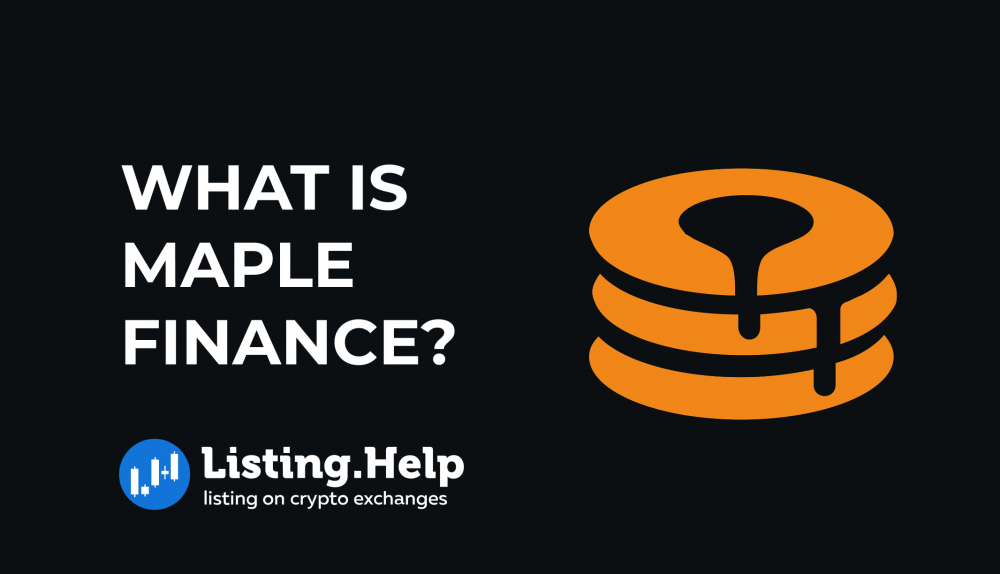


 December 8, 2025
December 8, 2025 
